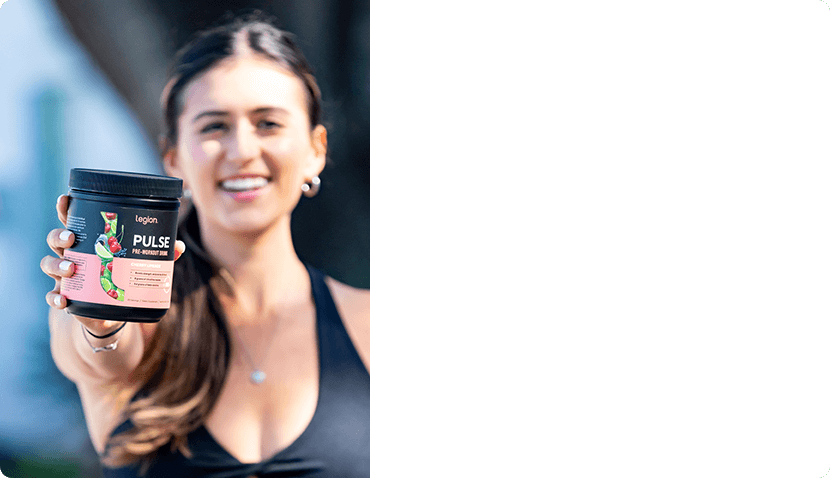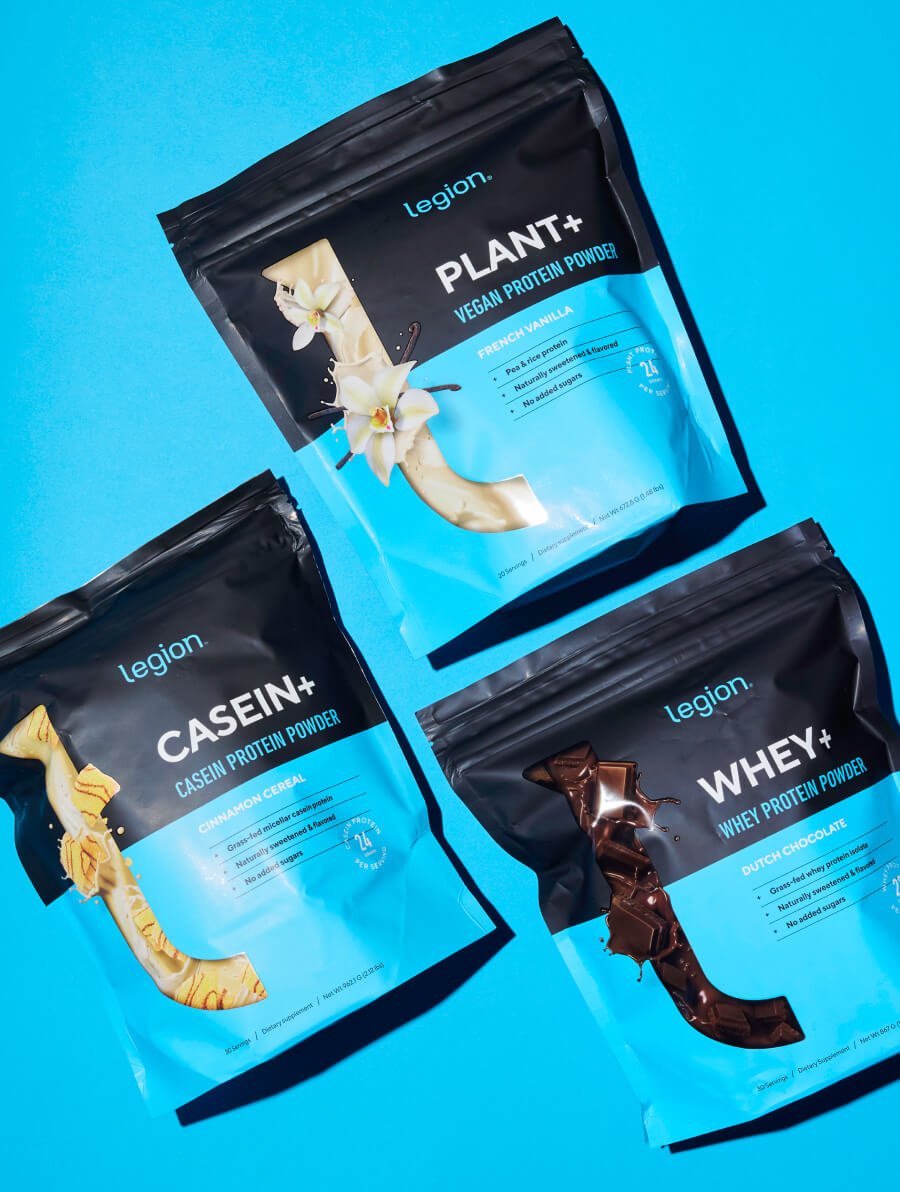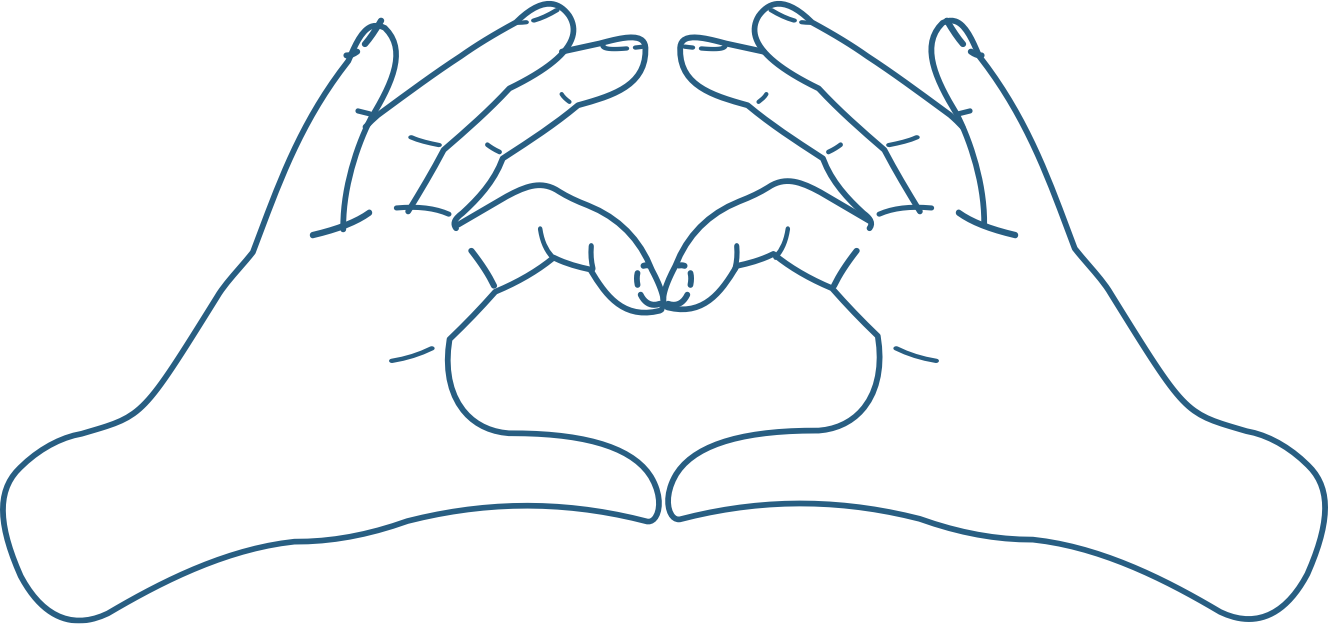Are Converse actually good for lifting—or do lifters just wear them because they’re cheap and everywhere?
Most training shoes are built to help you move athletically. Converse aren’t.
And yet, step into almost any gym and you’ll see someone deadlifting in a beat-up pair of Chuck Taylors.
There’s a reason for that—but there’s also a reason serious lifters eventually switch.
In this article, you’ll learn the pros and cons of using Converse for lifting. Whether you’re just getting started or wondering if it’s time to upgrade, you’ll know exactly when they work, when they don’t, and why.
Key Takeaways
- For many, Converse are good for lifting because they have flat, hard soles and minimal heel-to-toe drop, so they transfer force into the floor well and help you stay stable and balanced.
- They also fit snuggly, which can help you feel “locked in,” and they’re affordable compared to other training shoes.
- Converse aren’t good for lifting in every scenario, though. Their chunky soles slightly increase the range of motion of deadlifts, which makes each rep slightly harder to complete.
- Because of their chunky sole, you also get less “feedback” from the ground, which can affect your form.
- They’re missing useful features you’ll find in proper training shoes—and while they’re cheap, they don’t last long. The canvas can tear, the rubber can peel, and the sole wears down quickly with regular gym use.
- At bottom, Converse work well for some lifts and some lifters, but if you’re serious about lifting long-term, they’re probably best seen as a starting point—not a “forever shoe.”
4 Reasons Converse Are Good for Lifting
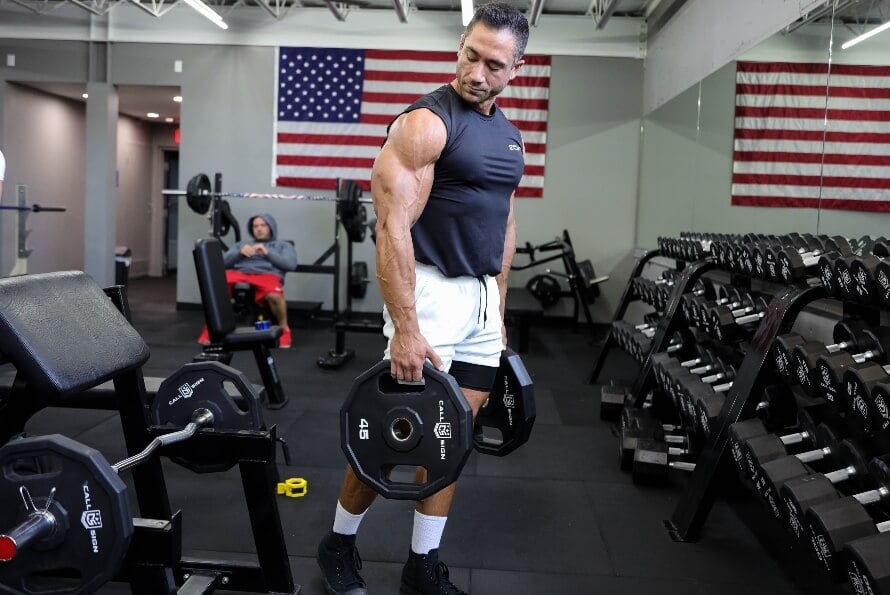
Converse weren’t designed for the gym, but they’ve become a go-to for lifters because they offer a few advantages that make them surprisingly effective for strength training. Let’s go over the main perks.
1. They have flat soles.
Most people lift weights in sneakers with cushioned, curved soles, exaggerated tread, and a raised toe (a feature called “toe spring”).
These features are designed for running—they absorb the impact of your feet hitting the floor, give you extra grip on slippy terrain, and improve your running mechanics by helping you “roll” onto your toes as you push off the ground.
But they’re terrible for strength training.
The squishy soles reduce your ability to drive force into the floor and can cause your foot to roll slightly, making it harder for you to stay balanced and stable. Toe spring also makes it harder to “grip the floor” with your toes (a common weightlifting cue), which increases the odds your weight shifts forward and throws off your form.
If you wear Converse for lifting, you won’t have these issues. They have flat soles, minimal tread, and no real cushioning or arch support. That keeps you planted, stable, and able to drive maximum force into the floor—exactly what you want for exercises like squats and deadlifts.
2. They have minimal heels.
Most athletic shoes—especially running and cross-training shoes—have a raised heel relative to the toe, known as “heel-to-toe drop.” This design helps with forward motion—it cushions your heel when you land, reduces strain on the Achilles and calves, and encourages your foot to roll smoothly into the next step.
Again, this is great for running, but not always useful for weightlifting.
During exercises like deadlifts and overhead presses, that forward tilt can shift your weight onto your toes, making it harder to maintain balance.
That said, raised heels can be helpful for squatting—especially if you have limited ankle mobility. But if you don’t need the extra help, a flatter shoe like Converse usually feels more stable.
They have a “near-zero drop,” meaning your heel and toe sit at nearly the same level. That helps you stay balanced, distribute your weight evenly across your foot, and enables you to transfer force into the ground as efficiently as possible.
3. They fit snuggly.
Converse hug your foot tightly through the heel, midfoot, and ankle, which helps your foot feel secure and “locked in.” Some people even claim that high-top Converse offer ankle support, since they cover your ankles.
That’s probably an overstatement—but the tactile feedback around your ankle can enhance proprioception—your body’s awareness of its position and movement.
In other words, the pressure and contact give your brain extra sensory input, helping you better understand how your ankles and lower legs are moving.
Most athletic shoes, by contrast, are built for comfort during long runs or walks. They’re softer, more padded, and often looser around the foot, which can make you feel less connected and less stable when lifting weights.
4. They’re cheap.
Many athletic shoes come adorned with “performance features”—”reactive midsoles,” “zonal cushioning,” “engineered mesh,” and the like. These features might be nice in some scenarios, but they do little for weightlifters.
When you use Converse as lifting shoes, you skip all that. They’re simple and functional—and the price reflects it.
4 Reasons Converse Aren’t Good for Lifting
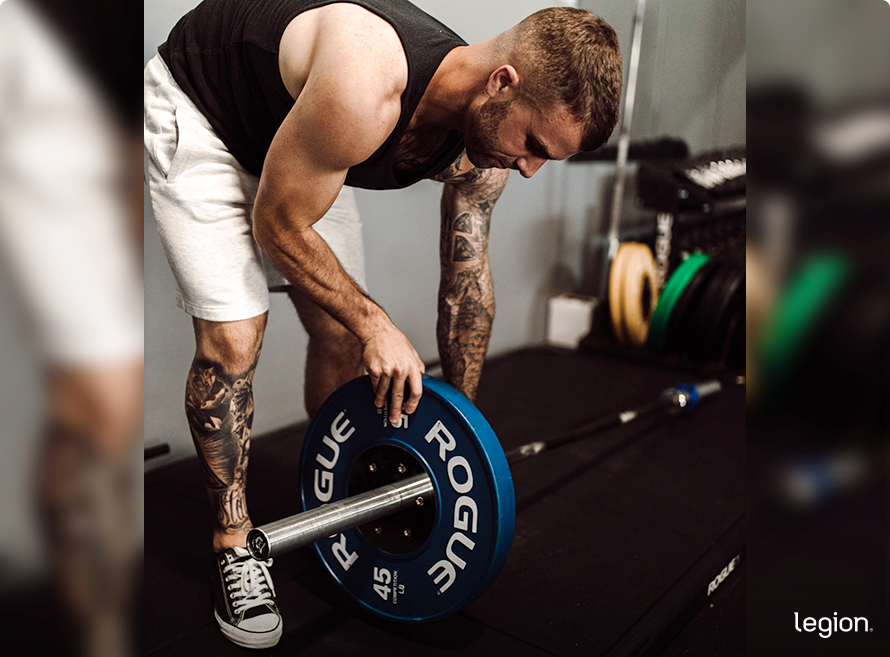
Working out in Converse has some clear upsides—but it’s not perfect. Converse weren’t designed for lifting weights, and depending on how you like to train, they might cause more problems than they solve. Here are a few reasons you might not want to use your Chuck Taylors for weightlifting.
1. They have chunky soles.
Despite being flat, Converse actually have a relatively thick sole—especially compared to barefoot shoes or deadlift slippers. That extra “stack height” adds distance between you and the floor, which means you have to lift the bar slightly further on every rep while deadlifting.
It’s not a huge issue, but it could be the difference between completing or failing a one-rep max attempt.
More importantly, a thicker sole reduces the sensory feedback you get from the ground. With more material between your foot and the floor, you lose some of the subtle cues that you use to stay balanced.
That feedback is crucial when performing exercises like deadlifts, squats, or overhead presses, where even small shifts in pressure or position can cause your form to break down.
2. They lack features common with other training shoes.
Converse weren’t made for lifting—they just happen to work okay. But compared to proper training shoes, they’re missing a lot of useful features.
There’s no ventilation to keep your feet cool, no lateral support to stop your foot sliding or rolling sideways during dynamic exercises like lunges, and no metatarsal (midfoot) strap to lock your foot in place.
If you struggle with ankle mobility, the lack of heel elevation can also make squatting feel harder.
Some of their features—like the flat sole—are conveniently useful. The rest, you just have to tolerate.
3. They don’t have much toe room.
Converse are narrow—especially up front in the “toe box” (the part of the shoe that houses your toes)—which isn’t ideal for lifting. When you train in shoes with a wider toe box, your toes can splay naturally, giving you a better base to push from.
In Converse, your toes are often packed too tightly to do this. You lose some ground feel, your balance can suffer, and over time, the pressure can get uncomfortable—especially if you have wide feet and your toes rub against the inside of the shoe.
4. They’re not very durable.
Converse usually don’t hold up well to training.
The “foxing” (that strip of rubber around the sole) often peels away from the canvas when the glue gives out, which can happen faster in the gym thanks to sweat, body heat, and the repeated flexing your shoes go through during exercises like lunges and split squats.
The rubber toe cap and surrounding canvas are also prone to splitting or tearing, especially near the base of the toes where the shoe bends when you move.
Even the soles break down quicker than most training shoes. The vulcanized rubber tends to wear thin at the heel and toe—especially if you’re walking around on abrasive gym flooring. And once that happens, the shoes fall apart fast.
Are Converse Good for Lifting? The Verdict
Converse can be a surprisingly solid choice for strength training—especially for exercises like the deadlift, squat, and overhead press, where a flat, stable sole helps you balance and transfer force efficiently.
That said, they’re not perfect. If you want to maximize lifting efficiency and comfort, need a raised heel to squat comfortably, or want shoes that last a long time, you’ll probably be better off with footwear designed specifically for training.
In other words, Converse work well for some lifts and some lifters, but if you’re serious about lifting long-term, they’re probably best seen as a decent starting point—not a “forever shoe.”
FAQ #1: Why do people wear Converse to the gym?
People wear Converse shoes for the gym because they’re flat, stable, and cheap. Unlike cushioned running shoes, Converse have almost no heel and no foam to sink into, which makes them great for exercises where you want to stay balanced and push through your whole foot, like deadlifts, squats, and overhead presses.
They also fit snugly, offer decent grip, and are easy to find, which makes them a convenient, workable option for many lifters.
FAQ #2: Are Converse good for walking?
Not really—at least not for long distances on uneven terrain like a trail. Converse have flat, unsupportive soles with minimal cushioning, which means they don’t absorb shock well or provide much comfort.
Their tread also isn’t designed for grip on dirt, rocks, or loose surfaces, so you’re more likely to slip or lose stability.
If you’re just walking short distances or wearing them for everyday activities, they’re fine. But for things like hiking or rucking, you’ll be better off with a shoe designed for walking or running.
FAQ #3: Can you wear Converse for weightlifting?
If you mean general strength training—like squats, deadlifts, or presses—then yes, you can wear Converse shoes for weightlifting without issue.
If you’re talking about Olympic weightlifting (the snatch and the clean and jerk), on the other hand, then no—Converse aren’t a great option. To perform the Olympic lifts correctly, you need a lot of ankle mobility. And that’s why it’s usually better to do “Oly lifting” in proper weightlifting shoes.

